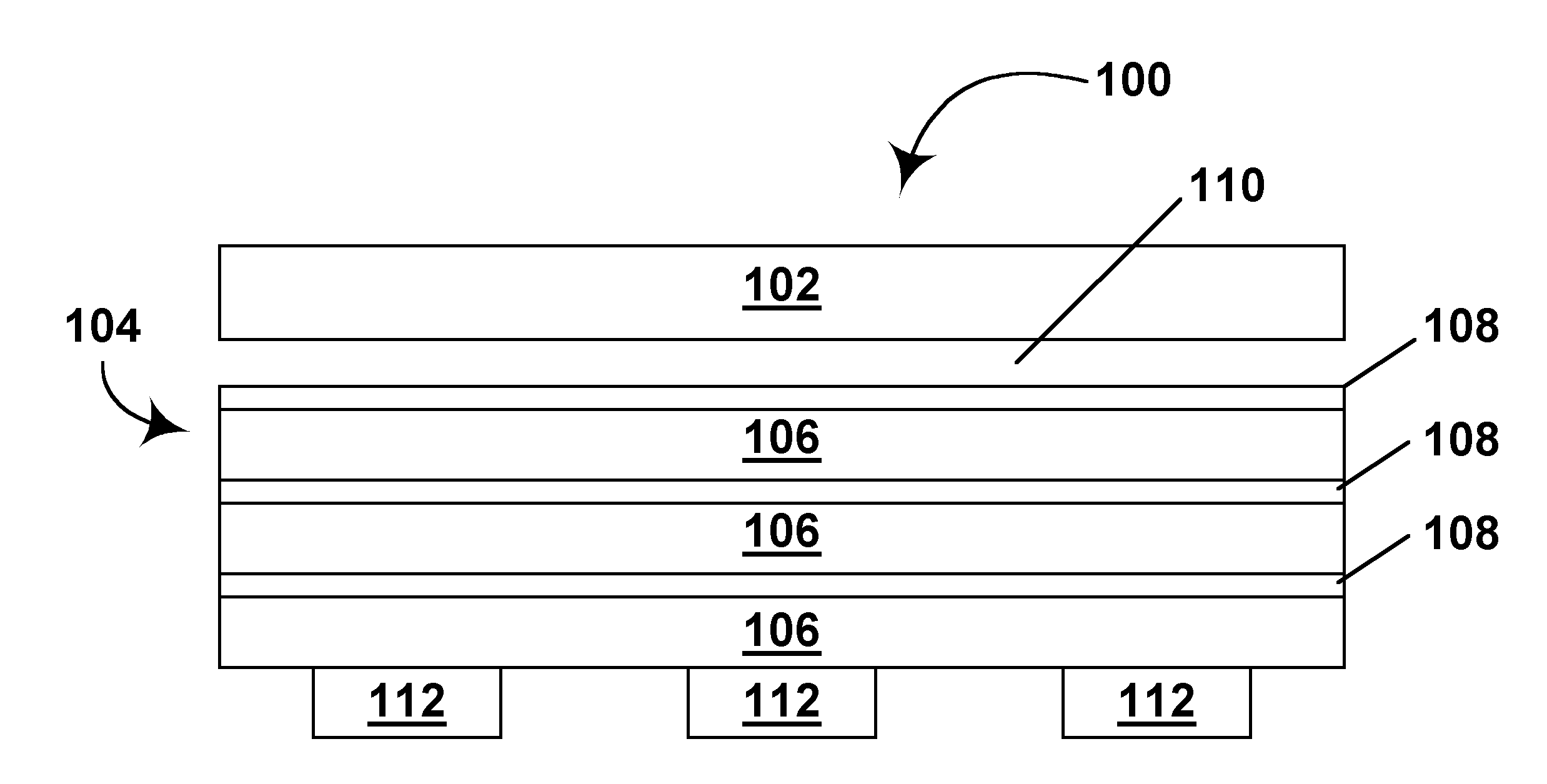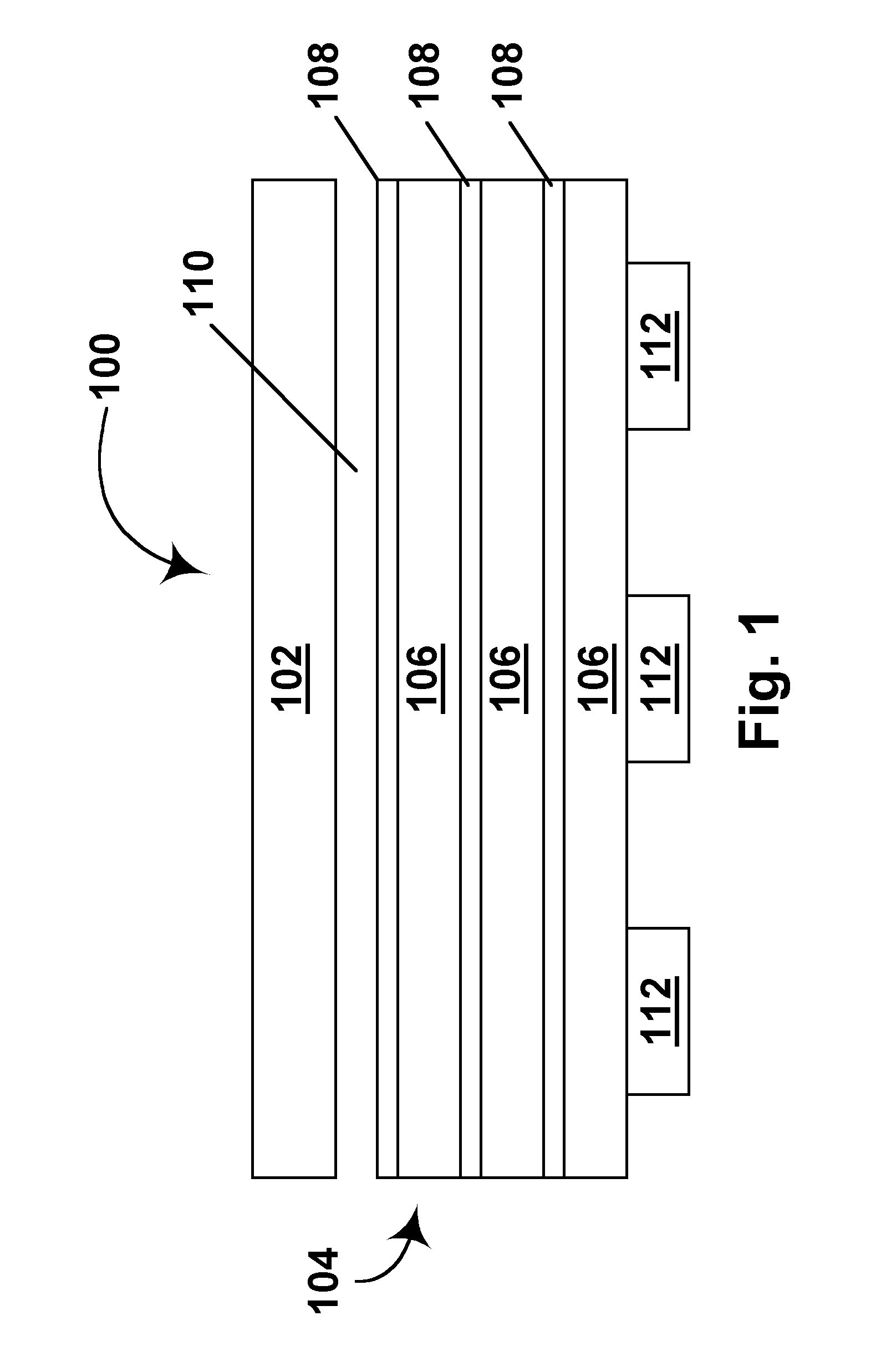Protection of electro-optic displays against thermal effects
a technology of electro-optic displays and thermal expansion coefficients, applied in the field of protection of electro-optic displays against thermal expansion coefficients, can solve the problems of preventing their widespread use, inadequate service life of these displays, and the serious side effect of distorting gray scale of thermal variation of switching ra
- Summary
- Abstract
- Description
- Claims
- Application Information
AI Technical Summary
Benefits of technology
Problems solved by technology
Method used
Image
Examples
Embodiment Construction
[0032]As already indicated, the present invention relates to two discrete methods for protection of electro-optic displays against thermal effects. These two methods can be used alone or in combination, but for convenience will hereinafter be described separately.
[0033]Provision of Heat Shield
[0034]As already mentioned, in one aspect this invention provides an electro-optic display having a heat shield disposed between a heat generating component and a layer of electro-optic material, this heat shield comprising a layer of thermally insulating material and a layer of thermally conducting material disposed between the layer of thermally insulating material and the layer of electro-optic material.
[0035]The heat generating component of the present electro-optic display may be of any known type. The component may be, for example an alternating current / direct current conversion component, such as a transformer, or another type of power supply or battery; all batteries generate some heat ...
PUM
| Property | Measurement | Unit |
|---|---|---|
| coefficient of thermal expansion | aaaaa | aaaaa |
| electrophoretic | aaaaa | aaaaa |
| weight | aaaaa | aaaaa |
Abstract
Description
Claims
Application Information
 Login to View More
Login to View More - R&D
- Intellectual Property
- Life Sciences
- Materials
- Tech Scout
- Unparalleled Data Quality
- Higher Quality Content
- 60% Fewer Hallucinations
Browse by: Latest US Patents, China's latest patents, Technical Efficacy Thesaurus, Application Domain, Technology Topic, Popular Technical Reports.
© 2025 PatSnap. All rights reserved.Legal|Privacy policy|Modern Slavery Act Transparency Statement|Sitemap|About US| Contact US: help@patsnap.com



